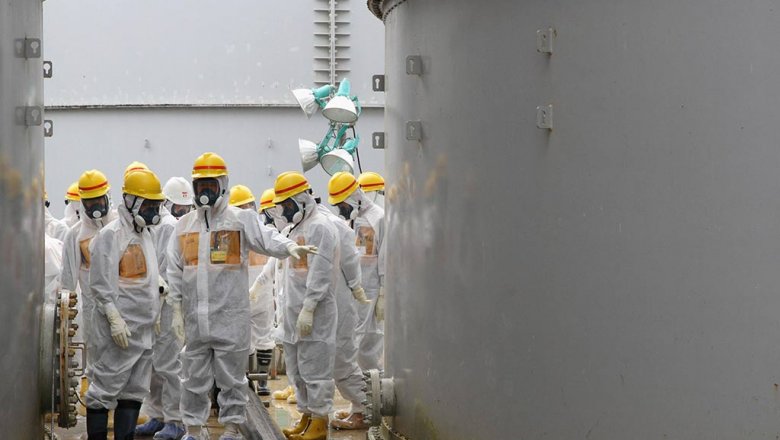In the first reactor “Fukushima-1” completely dismantled a protective dome
TOKYO, November 10. /Offset. TASS Alex Sarachev/. Japanese experts on Thursday completed during the two years of work on dismantling the protective dome on the first reactor emergency, “Fukushima-1”. This was announced by the company-the operator of station Tokyo Electric Power (TEPCO).

All were removed from 18 of the protective panels, six of them last year. Now workers will be able to start analysis of blockages of garbage and debris generated as a result of the accident. These operations are preparatory stage to removing spent nuclear fuel from special pool above the reactor, which is scheduled for 2020. There is a 392 fuel rod.
See also media: Tokyo haven’t decided what to do with the huge weight cut radioactive land
media: Tokyo haven’t decided what to do with the huge weight cut radioactive land
Protective shell of polyester sheets with a height of about 50 m was set up around the first reactor “Fukushima-1” in October 2011. In October 2014 there was held a trial removal of the dome. The measurements showed that the background radiation as a result not much has changed, however, works on complete removal of the protective sheath was postponed for a few months. During the operation, experts TEPCO has been repeatedly sprayed around the reactor of the chemical substance that prevents the scattering of radioactive dust and other particles.
The next stage of decommissioning the station will be removing spent nuclear fuel at the first, second and third reactors, which suffered much stronger than the fourth unit. Thereafter, the liquidators will be able to start preparing for the most dangerous part of the operation — the removal of melted fuel from internal parts of reactors. As expected, this stage of experts TEPCO will be able to start no earlier than 2025, and completely demolish the “Fukushima-1” it is planned only to 2040 years.
The accident at the NPP “Fukushima-1” occurred in March 2011, when the tsunami hit the station has failed the power supply systems and cooling. As a result, three reactors have been melting of the fuel that burned through the protective housing of the reactor.